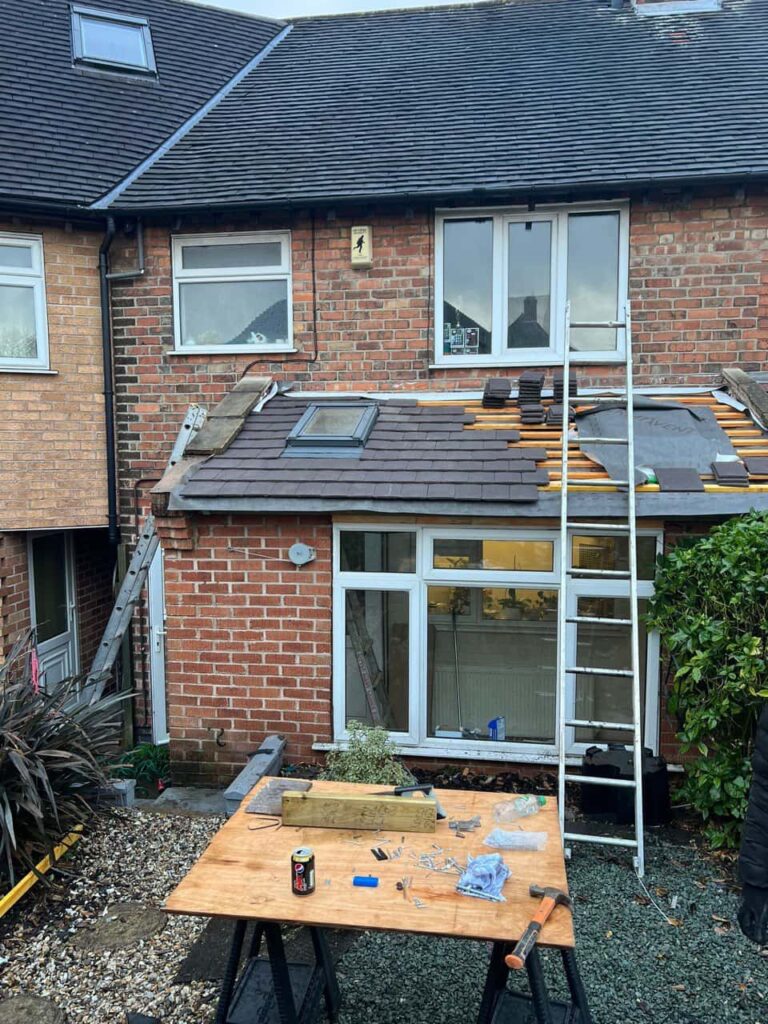Introduction: Commercial roofs are constantly exposed to the elements, making them vulnerable to various weather-related hazards. From scorching heat to freezing temperatures and high winds to heavy rainfall, weather plays a significant role in causing damage to commercial roofing systems. In this blog post, we’ll explore the impact of different weather conditions on commercial roofs and discuss how property owners can effectively mitigate and address weather-related damage.
Extreme Temperatures:
- Extreme hot or cold temperatures can take a toll on commercial roofing materials over time. In hot climates, prolonged exposure to high temperatures can cause roofing materials to expand and contract, leading to cracks, warping, and deterioration. Conversely, freezing temperatures can cause materials to become brittle and prone to cracking or breaking in cold climates. Thermal shock, caused by rapid temperature changes, can also weaken roofing materials and compromise their integrity.
Solution:
Property owners should ensure that their commercial roofs are properly insulated and ventilated to regulate indoor temperature and reduce thermal stress on roofing materials to mitigate the effects of extreme temperatures. Also, choosing durable roofing materials designed to withstand temperature fluctuations can help minimise damage and prolong the roof’s lifespan.
High Winds:
- High winds commonly cause commercial roof damage, especially during severe weather events such as hurricanes, tornadoes, and windstorms. Strong winds can lift and displace roofing materials, tear off shingles or membranes, and damage flashing and other roofing system components. Flying debris propelled by high winds can also puncture or tear roofing materials, leading to leaks and structural damage.
Solution:
Property owners should invest in wind-resistant roofing materials to protect commercial roofs from wind damage and ensure that the roof is properly installed and securely fastened to the building structure. Regular inspections and maintenance can help identify loose or damaged roofing components that need repair or reinforcement to withstand high winds effectively. Additionally, trimming trees and removing debris from the roof and surrounding area can reduce the risk of damage during windstorms.
Heavy Rainfall:
- Heavy rainfall can significantly threaten commercial roofs, particularly if the roofing system is not properly designed or maintained to handle excess water. Ponding water, clogged drains, and inadequate drainage can lead to water pooling on the roof surface, increasing the risk of leaks, water infiltration, and structural damage over time.
Solution:
To prevent water damage caused by heavy rainfall, property owners should ensure that their commercial roofs are designed with proper drainage systems, including gutters, downspouts, and drains, to channel water away from the building efficiently. Regular inspections and maintenance of drainage systems are essential to remove debris and ensure water can flow freely off the roof. Additionally, promptly repairing any leaks or damaged seals can prevent water from infiltrating the roofing system and causing further damage.
Conclusion: Weather plays a significant role in causing damage to commercial roofs, making it essential for property owners to understand the potential risks and take proactive measures to protect their investments. By addressing the effects of extreme temperatures, high winds, heavy rainfall, and other weather-related hazards, property owners can prolong the lifespan of their commercial roofing system, minimise the need for repairs, and ensure the safety and integrity of their buildings. Regular inspections, maintenance, and timely repairs are key to mitigating weather-related damage and preserving the performance and durability of commercial roofs over time.
Call us on: 01243 957 296
Click here to find out more about Selsey Roofing Repairs
Click here to complete our contact form and see how we can help with your roofing needs.

